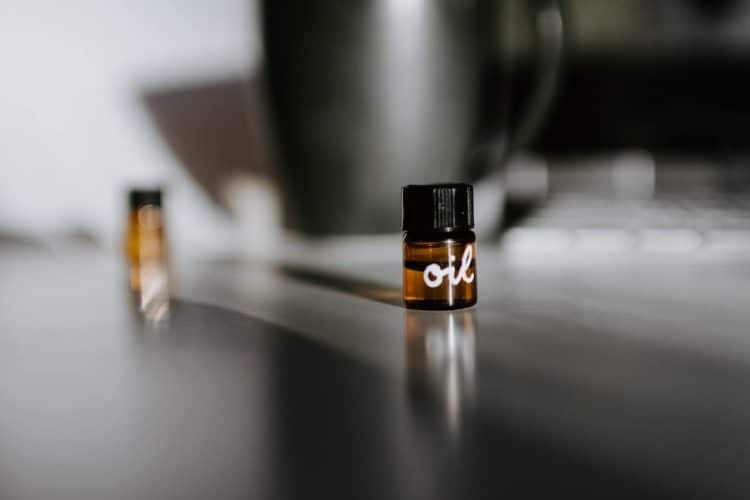The varying methods of cannabis extraction each have their own set of benefits and drawbacks depending on what is desired out of the final product. Many common extraction methods use either chemical solvents or high temperatures to extract oils. Both of these approaches are efficient but there is another method that is gaining in popularity for the purity and high quality of extract it produces – cold pressing.
Cold pressing involves crushing plant matter (flowers, leaves, seeds and stems) to extract a usable oil that can be consumed alone or combined with any number of other ingredients to create a desired product. A typical cold press system or machine operates by inserting the raw plant material into a basin or cylinder on top of a large rotating screw mechanism. As the screw rotates it crushes the plant matter, forcing it through the press and extracting the oil. The oil can then be collected through small holes in the bottom of the cylinder as it is forced through by the screw.
As the name implies, cold pressing is done at low temperatures. While there is some heat generated through friction by the pressing method, it is not enough to degrade or deplete desired terpenes and other compounds found within the plant. Cold pressing botanicals typically results in a smaller amount of total oil produced than through other extraction methods due to heat allowing the pressed material to become softer and easier to breakdown.
Although other extraction methods involving higher temperatures may result in greater quantities of oil, the resulting extract from cold pressing techniques can be of higher quality overall. This is seen in cold pressed oils having a more distinct and often considered ‘better’ flavor and aroma. Cold pressed cannabis oil may also possess more monoterpenes that have been shown to be lost during extraction using supercritical CO2, a common method in botanical extractions. [1]One study has shown that the medicinal properties of cannabis in a more natural, unheated state has a lower rate of adverse effects as well as showing unheated extract also containing nearly twice the median amount of CBD plasma area under the curve (AUC, 24 h) than heated extract. [2]
References
- Sexton, M. et al. “Evaluation of Cannabinoid and Terpenoid Content: Cannabis Flower Compared to Supercritical CO2 Concentrate”, Planta Med, 2018, Volume 84(04): Pages 234-241. Times Cited = 6. Journal Impact Factor = 2.342
Eichler, M. et al. Heat exposure of Cannabis sativa extracts affects the pharmacokinetic and metabolic profile in healthy male subjects. Planta Med. 2012. 78 (8): 686-91. Times Cited = 6. Journal Impact Factor = 2.494











